I tried Oakley’s Meta HSTN glasses and they’re closer to everyday tech than you think
Smart glasses finally look the part, but they’re not quite indispensable yet


I can’t quite remember when I first tried smart glasses, but recently these types of wearables have been making a comeback, not least thanks to brands like Oakley pushing the category forward.
Years ago, the concept of smart glasses seemed unnecessary and even redundant due to technological limitations. AI, LLMs, and chatbots weren’t yet part of the everyday landscape, either, further limiting what these so-called smart devices could actually do.
The scene is completely transformed in 2025. Cameras are smaller and more capable enough to be fitted in eyewear without adding too much weight, and AI is practically everywhere (it feels like it happened overnight, even for someone like me who works in tech). AI is now driving better camera and battery optimisation, shrinking hardware down enough to fit into frames that don’t look bulky.
Oakley's Meta HSTN is an excellent example of how far the category has come. They look striking and come fully equipped with a 3K camera, speakers, a microphone and a smart assistant, with enough battery life to make them genuinely useful.
Before I started testing them, the main question was: are they useful in everyday life, or are they just nice to have? In other words: tools or gadgets? I think I have the answer.
Through the looking glass
One thing no one can dispute, even if they aren’t your style, is that the Oakley Meta HSTN are unmistakably Oakley. The silhouette, colours and lens shape all lend them that “cool factor,” helped along by the brand pushing them as a sports accessory.
Spec-wise, the glasses feature a single camera that records video in 3K at 30fps, with higher frame rates (up to 60fps) available at 1080p. Clips max out at three minutes.
Get all the latest news, reviews, deals and buying guides on gorgeous tech, home and active products from the T3 experts
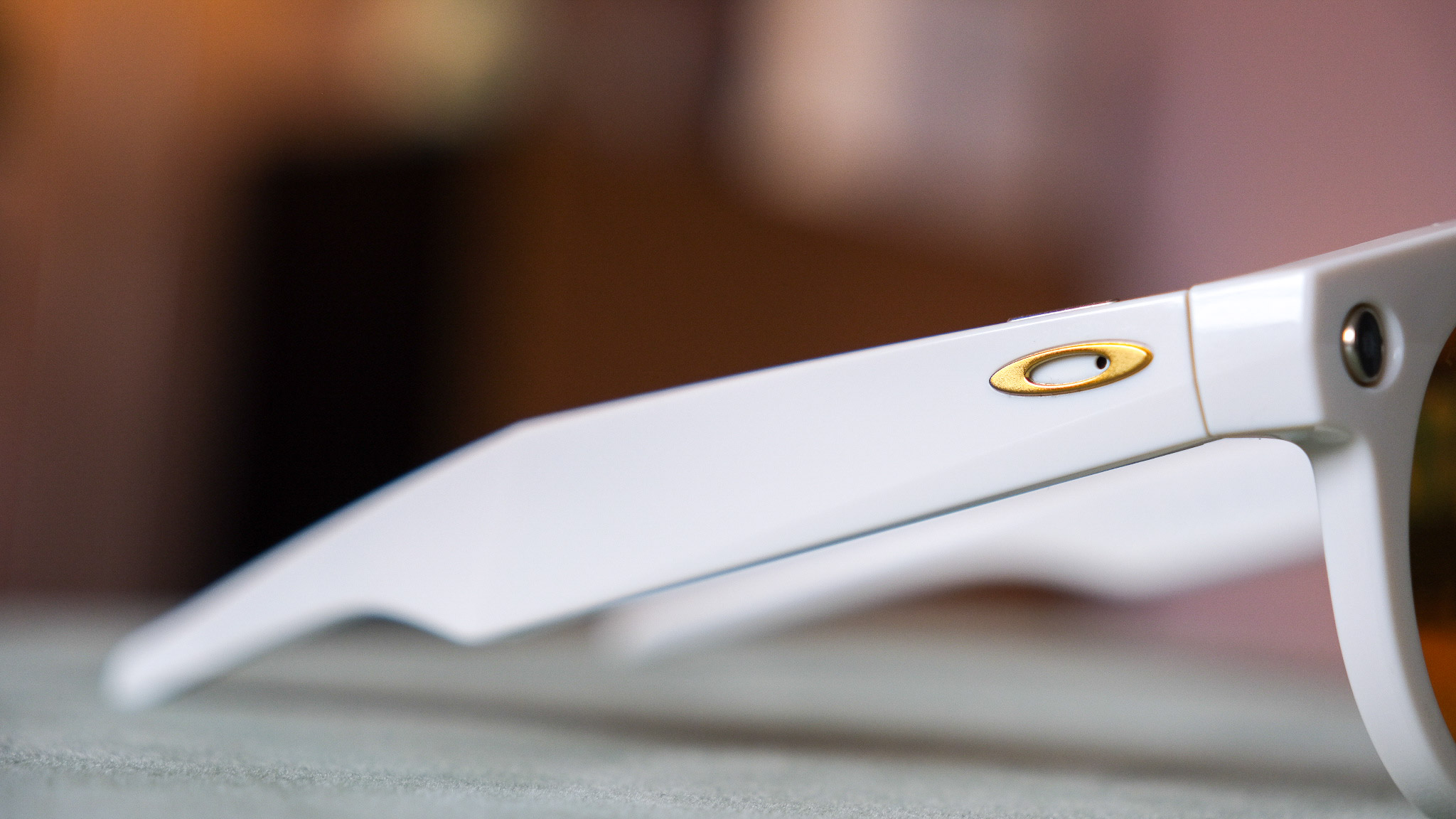
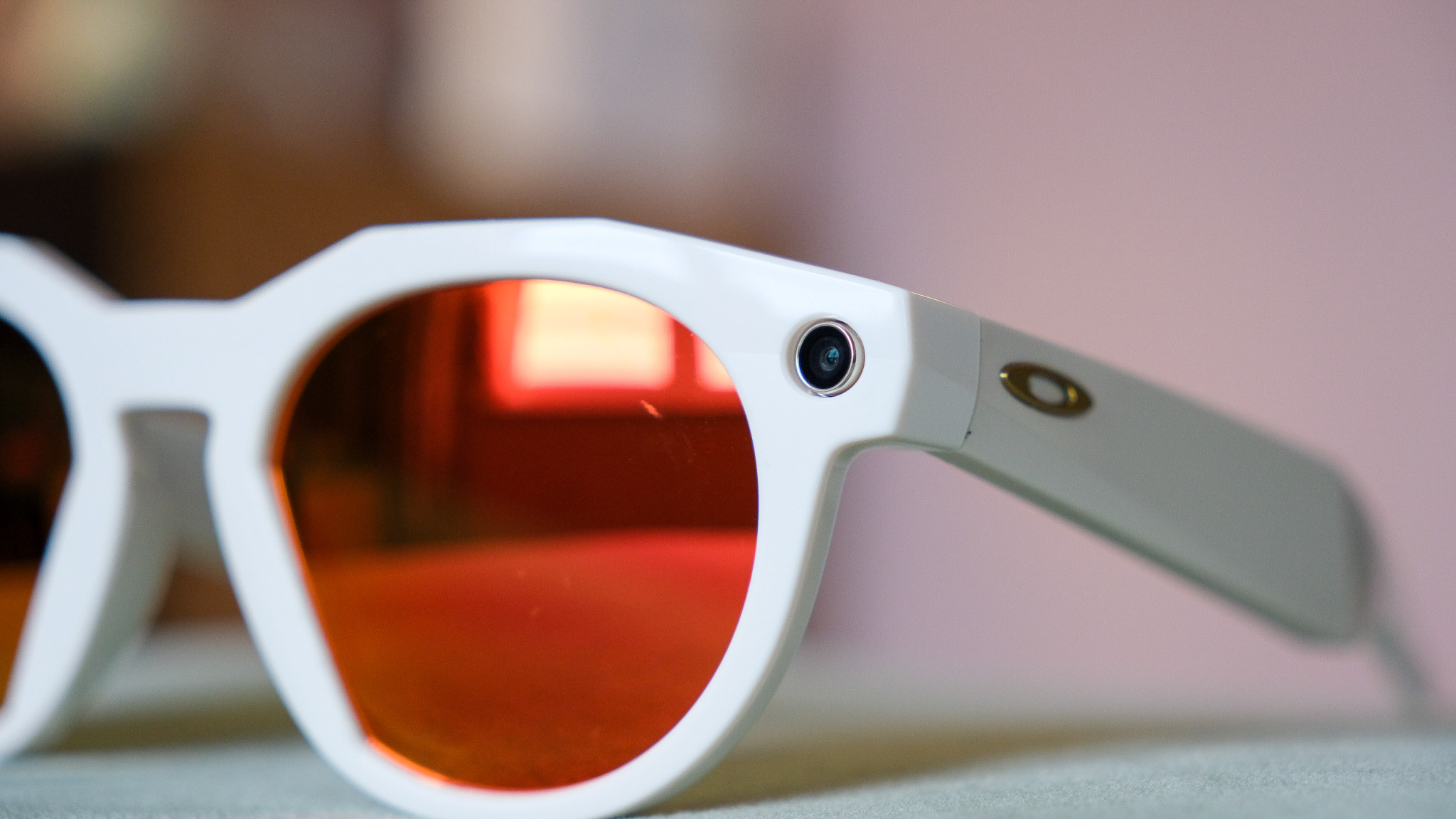
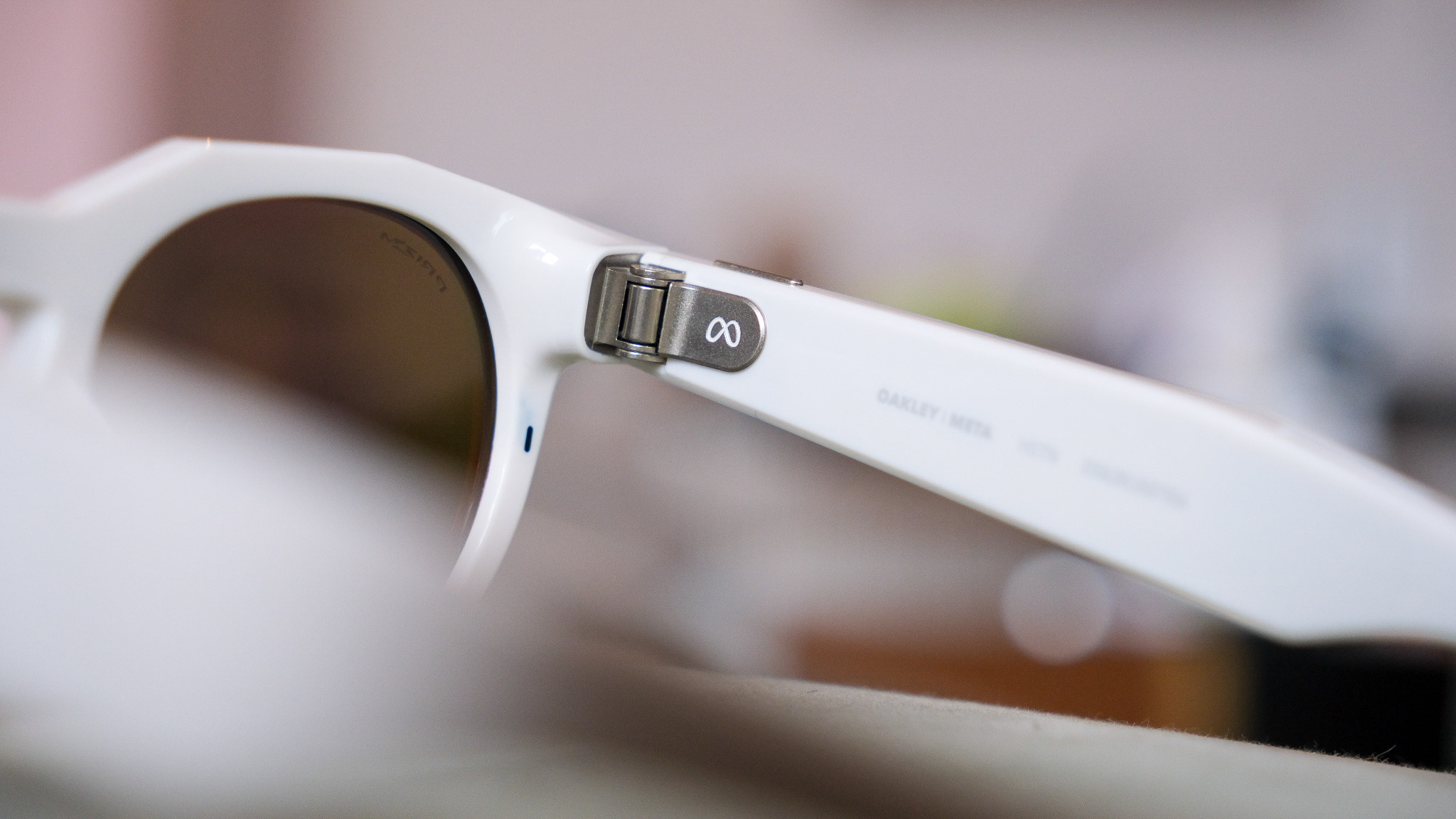
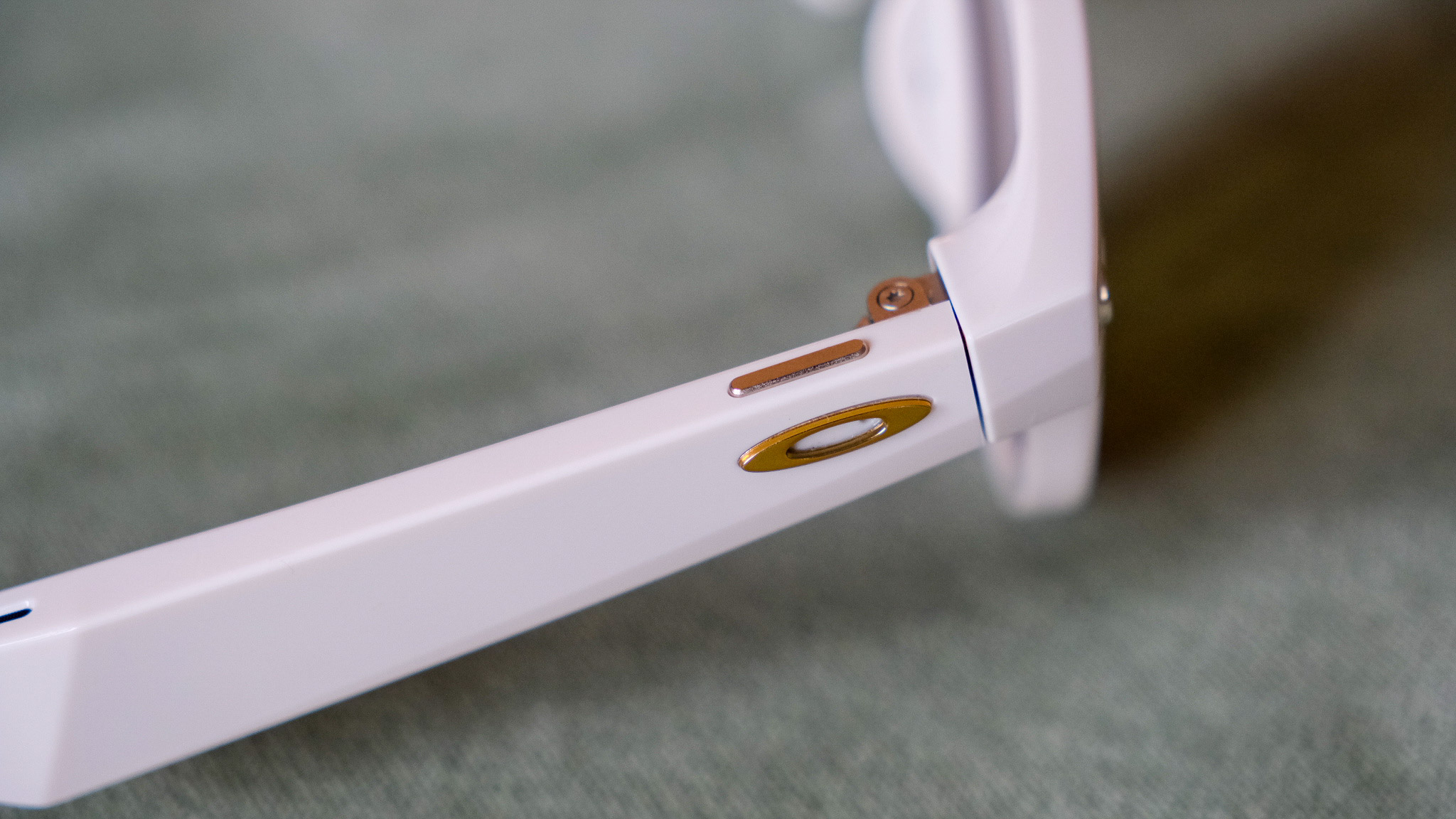
That might sound short, and it is. By comparison, small action cams like the Insta360 Go 3S record much longer in higher resolutions. But shrinking tech into a pair of glasses means compromises, and overheating is likely the reason behind the three-minute cap.
Footage looks decent in the app. Colour reproduction is balanced, dynamic range is handled well, and some stabilisation helps — although not at GoPro levels. Photos max out at 3024 x 4032 pixels, and again, results are decent for such tiny camera units.
Head in the frame
Capturing content isn’t without frustrations. First, it’s impossible to know exactly what ends up in the frame of the Oakley Meta HSTN's camera. The wide-angle lens captures more than expected, leaving photos looking further away or tilted. And cropping doesn’t always fix the issue, either.
The second issue is camera placement. At ~6’1”, I found everything looked like I was filming from slightly above my head. The cameras sit high in the frames, creating a POV that doesn’t quite match your own. An algorithm that automatically levels horizons would make a big difference here.

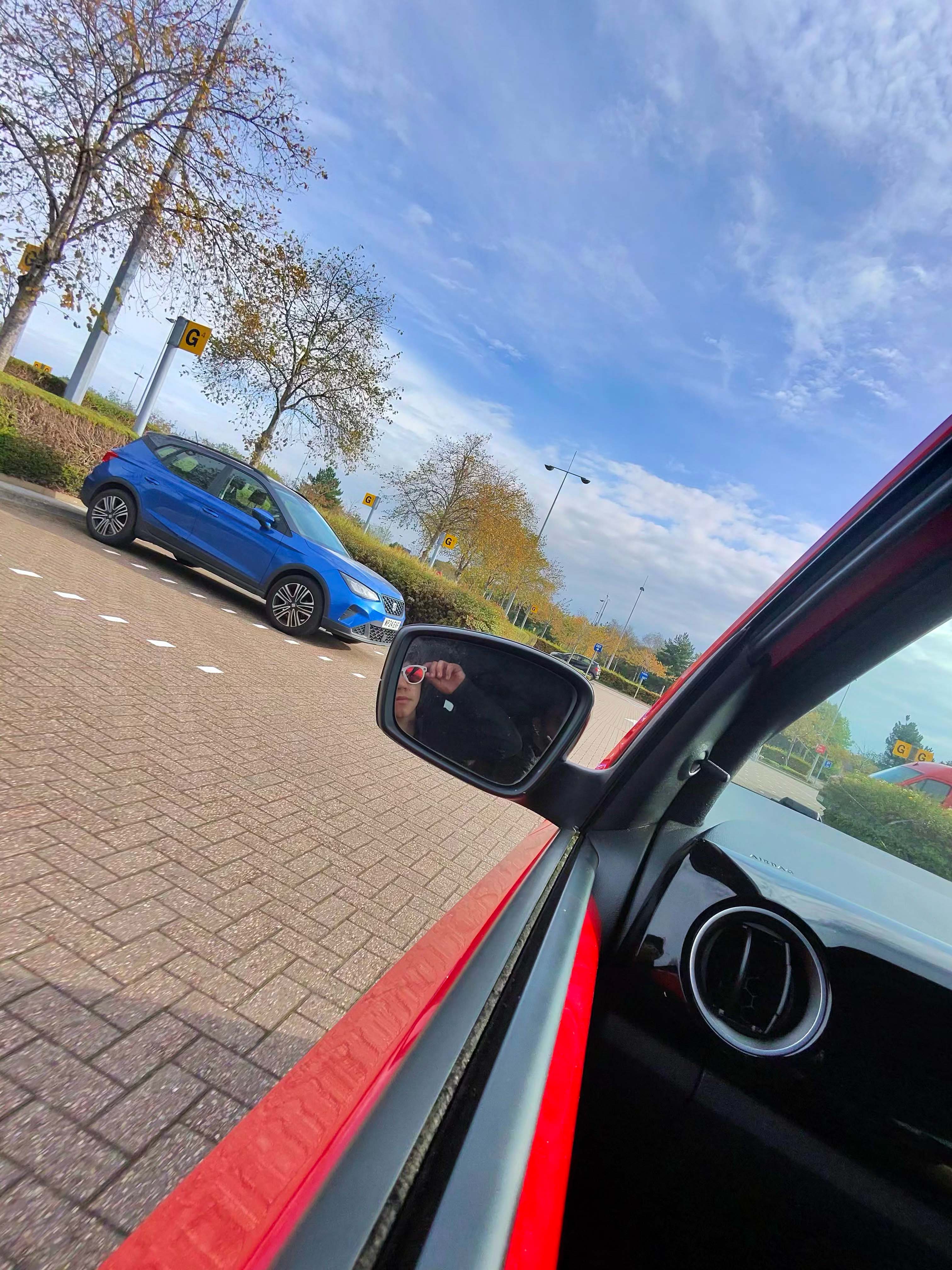







Still, I wasn’t unhappy with the performance; I just wished Oakley’s engineers had pushed it closer to a true point-of-view experience.
Voices in your ears
Audio performance is better than expected. No, it won’t rival Beats Studio Pro or Apple AirPods Max, but compared to other open-ear options, it’s solid. A neat touch: volume automatically adjusts to ambient noise, rising with traffic and lowering again when things quiet down.
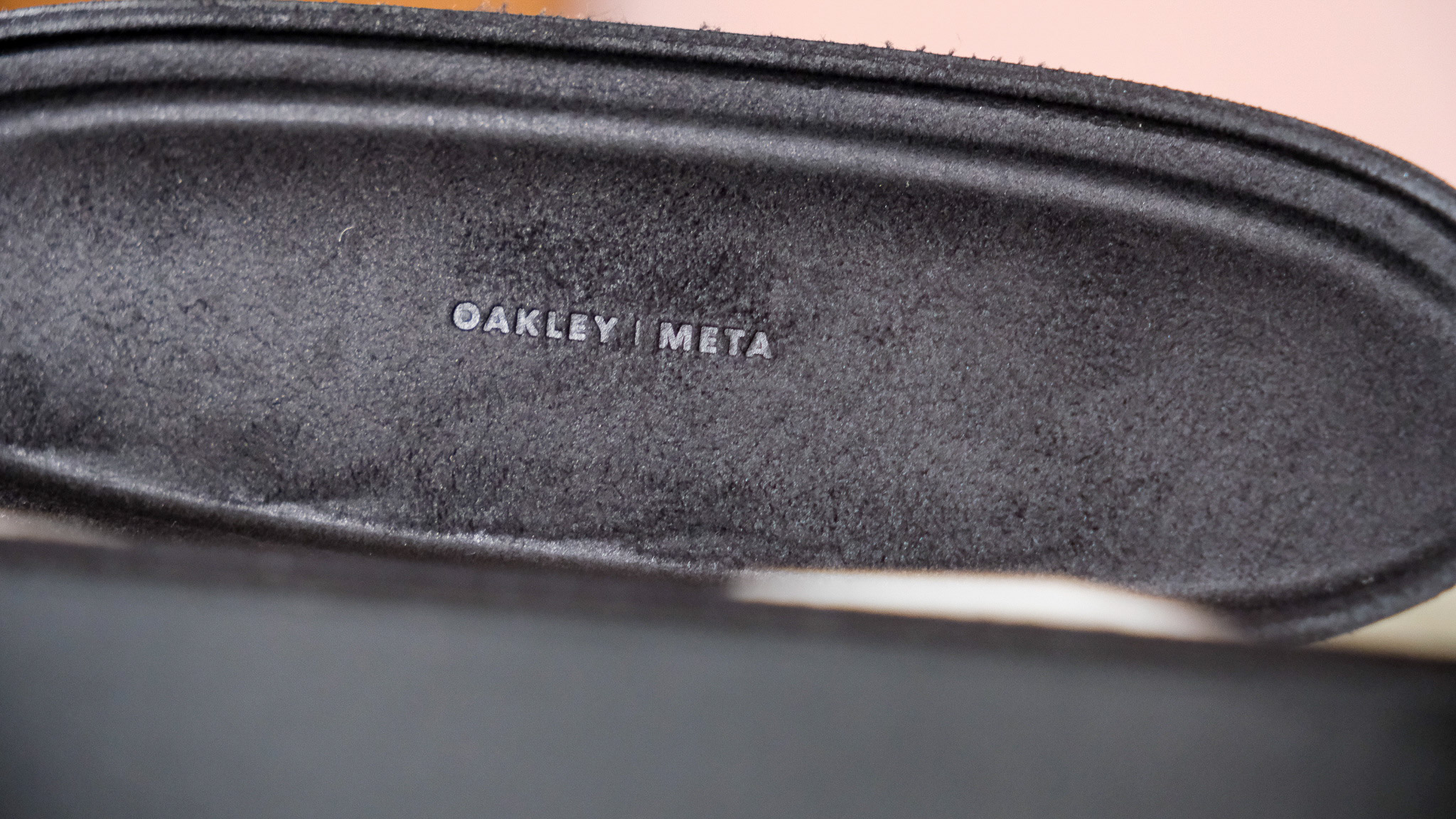
The AI integration is what sets the HSTN apart. With your phone nearby, the glasses can answer queries in real time. Simple questions work fine; more complex ones can feel vague (“you’re looking at a building with windows” rather than “Paddington Station”). They can recognise some plants and objects, which could be useful, though talking to your glasses in a shop still feels awkward.
Battery anxiety begone
Battery life is excellent. Oakley claims 40% more longevity than the previous model, with up to eight hours of use and 19 hours on standby. In practice, I barely dented the battery with occasional use, and the charging case carries plenty of extra juice.
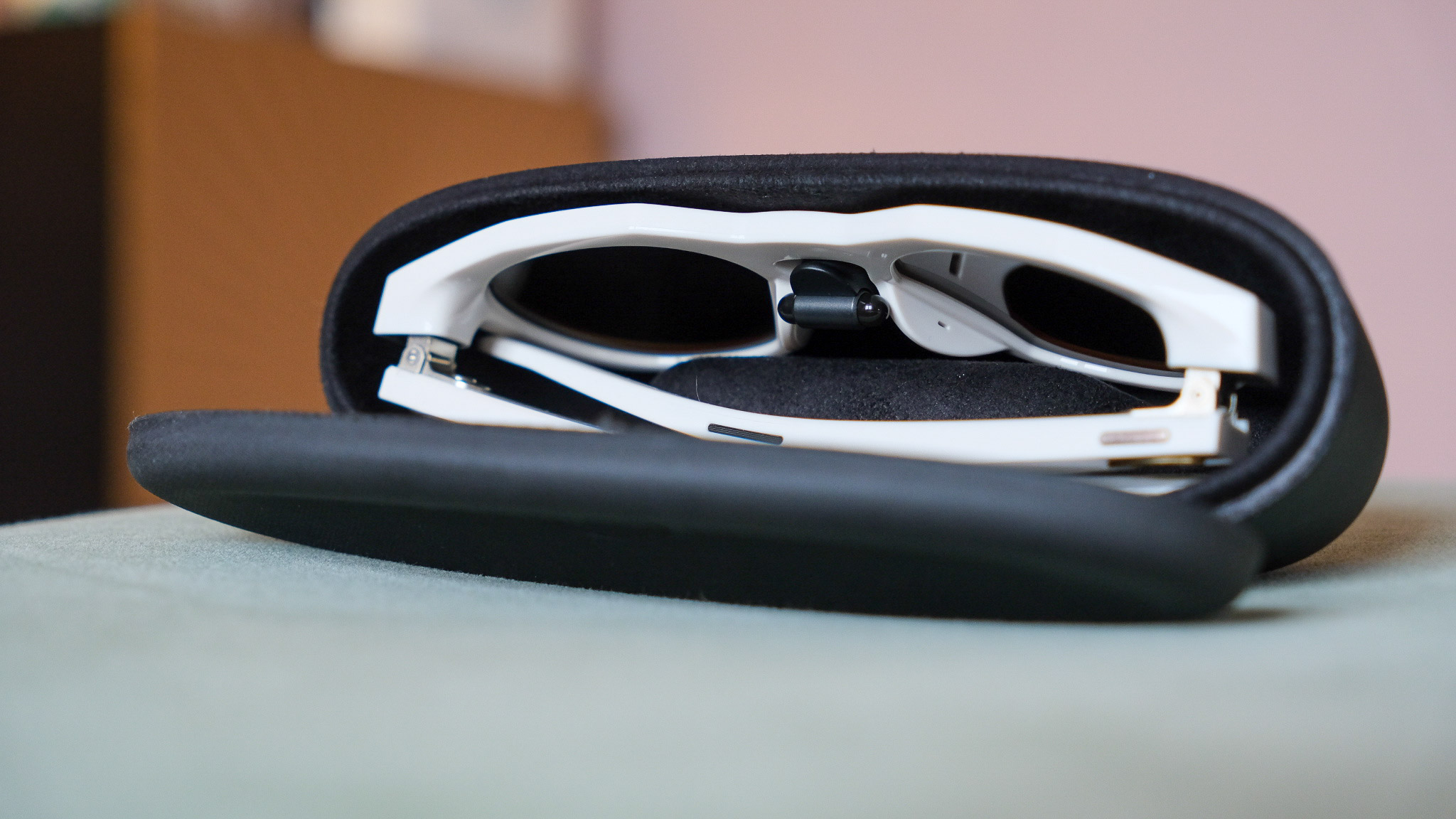
You can operate the HSTN with voice commands, or via a button and touch surface on the frames. The button handles photo/video capture, while the touch panel manages audio and volume. Both work reliably, though only voice unlocks AI features.
Gadget or gear?
Rocco Basilico, EssilorLuxottica’s Chief Wearables Officer, may be ambitious in saying Oakley and Meta are “setting a new standard for the industry,” but the HSTN is undoubtedly an exciting piece of tech.
Are they essential? Not yet. But they’re convenient, stylish, and point towards a future where smart glasses feel less gimmicky and more everyday.
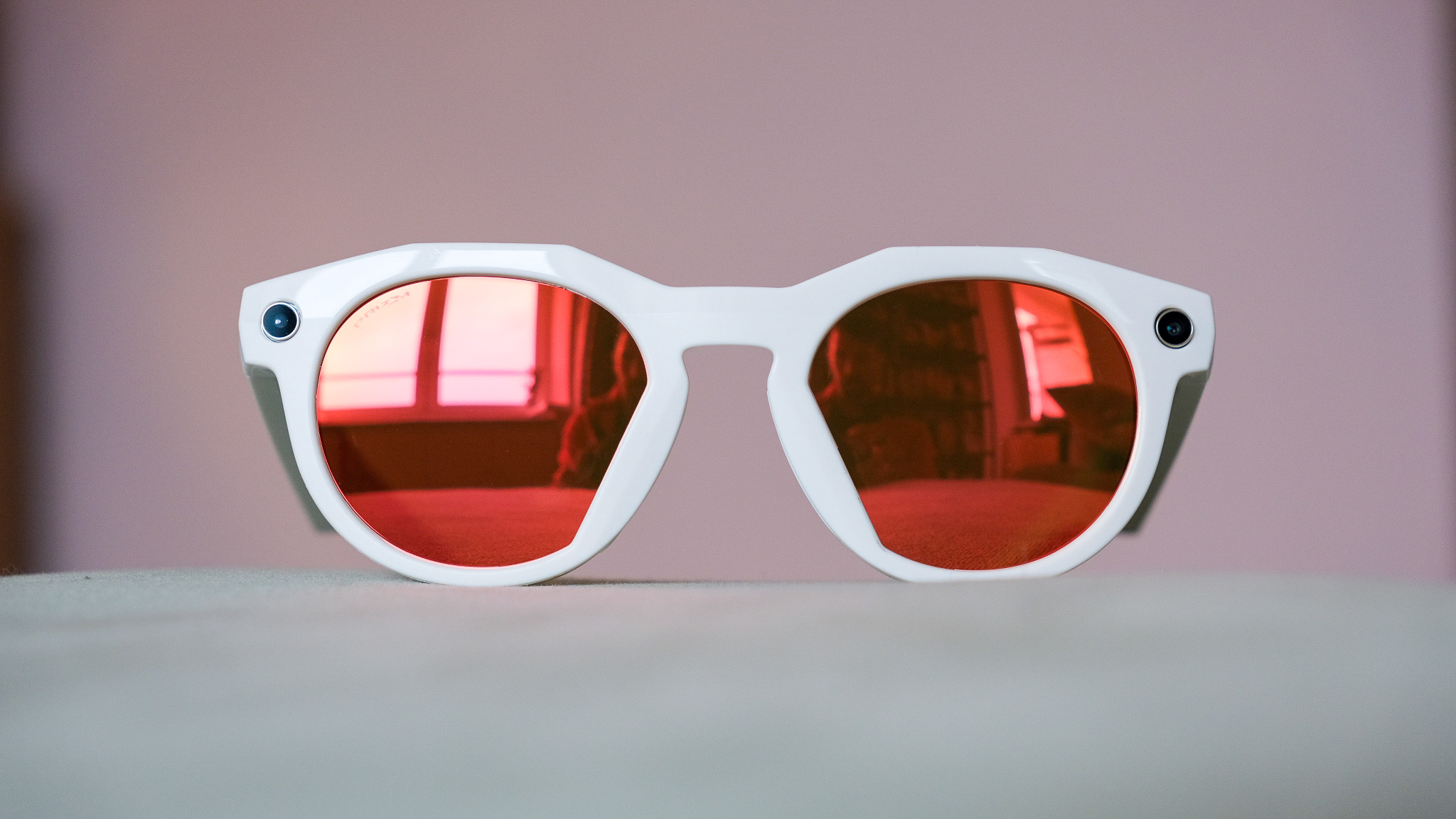
The real hurdle is price. At $400/ £400, these aren’t cheap, and glasses are notoriously easy to drop or misplace. Unlike action cameras, there are no replaceable lenses, meaning a nasty fall could render them useless.
I’d recommend the Oakley Meta HSTN to anyone who wants to live on the cutting edge and is willing to pay for the privilege. For the rest of us, the smart-glasses dream is edging closer, but the truly durable, affordable AR era isn’t here just yet.

Matt Kollat is a journalist and content creator who works for T3.com and its magazine counterpart as an Active Editor. His areas of expertise include wearables, drones, fitness equipment, nutrition and outdoor gear. He joined T3 in 2019. His byline appears in several publications, including Techradar and Fit&Well, and more. Matt also collaborated with other content creators (e.g. Garage Gym Reviews) and judged many awards, such as the European Specialist Sports Nutrition Alliance's ESSNawards. When he isn't working out, running or cycling, you'll find him roaming the countryside and trying out new podcasting and content creation equipment.
You must confirm your public display name before commenting
Please logout and then login again, you will then be prompted to enter your display name.
